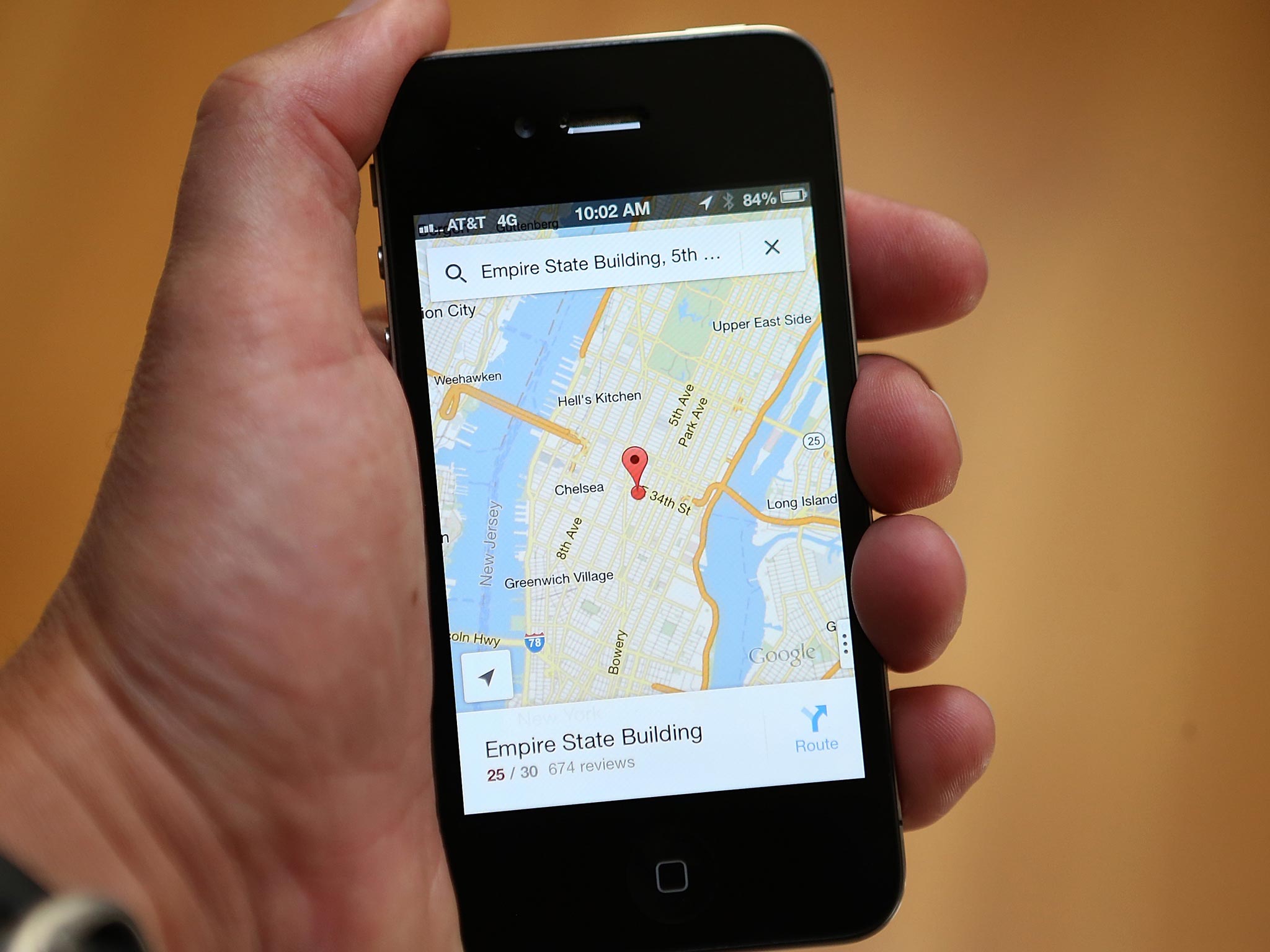Judges in California say it’s fine to use smartphone maps while driving at 65mph
Existing laws applied only to talking and texting

Your support helps us to tell the story
From reproductive rights to climate change to Big Tech, The Independent is on the ground when the story is developing. Whether it's investigating the financials of Elon Musk's pro-Trump PAC or producing our latest documentary, 'The A Word', which shines a light on the American women fighting for reproductive rights, we know how important it is to parse out the facts from the messaging.
At such a critical moment in US history, we need reporters on the ground. Your donation allows us to keep sending journalists to speak to both sides of the story.
The Independent is trusted by Americans across the entire political spectrum. And unlike many other quality news outlets, we choose not to lock Americans out of our reporting and analysis with paywalls. We believe quality journalism should be available to everyone, paid for by those who can afford it.
Your support makes all the difference.Back in the days before GPS and Google Maps, drivers in Los Angeles had to rely on an actual paper book called the Thomas Guide to direct them to their destinations.
Navigating the city’s sprawl of freeways and cul-de-sacs with a sat nav is challenging enough. I can only imagine the time and effort that once went into planning a route across town – not to mention the number of cars idling on the hard shoulder while drivers flicked through the pages of the guide, frantically searching for the appropriate grid reference.
Yet this vision of the past is significantly less terrifying than the prospect of people zigzagging between lanes as they scroll through their smartphones at 65 mph, which is what frequently happens today. And this week, a California court found that such behaviour was entirely legal. The appeals court threw out a fine issued to Steven Spriggs, a motorist from Fresno, who had been caught studying a map app on his phone while gridlocked.
The ruling stated that California’s ban on drivers talking on their mobile phones without a hands-free device did not prohibit the use of apps such as Google Maps or Waze. The existing laws were written in the pre-smartphone era, and thus applied only to talking and texting.
I have a friend who drives this way, with the steering wheel in one hand and their phone in the other, looking from the road to the screen for several seconds to check their route, while in motion, on multiple occasions. Each time, I have to suppress the urge to reach over and steady the wheel so that we won’t veer into the central reservation. This friend, who shall remain nameless, has so far managed to successfully navigate the streets of LA without incident, but I suspect this is simply a matter of luck.
In January 2012, Mr Spriggs was stuck in traffic – the natural state of the California commuter – and took out his iPhone to plan an alternative route. He was spotted studying the handset by a California Highway Patrol Officer, who slapped him with a $165 (£99) ticket.
Mr Spriggs told the appeals court he was well aware of the dangers of scrolling and driving: his own son suffered a broken leg after being hit by a driver who was talking on a mobile phone. While he believed it had been misapplied in his case, he hoped the authorities would look again at the law.
I hope they will, too. There is surely a more nuanced alternative to the current legislation that would prevent people sitting in traffic from being penalised by over-zealous patrolmen – but that might also rescue my friend from future prangs.
Join our commenting forum
Join thought-provoking conversations, follow other Independent readers and see their replies
Comments